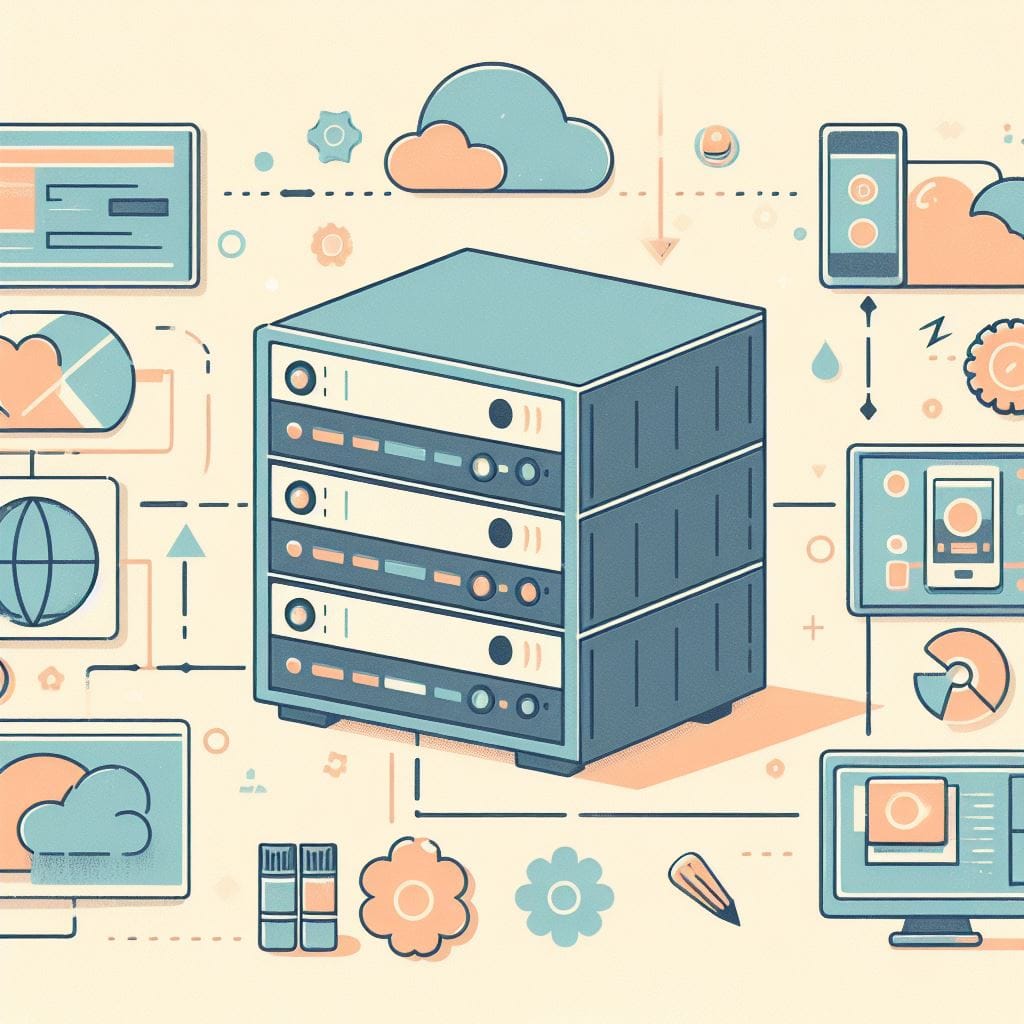Understanding the Benefits of Bare Metal vs Edge Computing for Dedicated Servers

Bare metal and edge computing are two distinct approaches to deploying and managing servers, each with its own set of benefits and use cases. Here's an overview of the advantages of each:
Bare Metal Computing:
- Performance: Bare metal servers offer superior performance compared to virtualized environments or cloud instances because they run directly on the physical hardware without the overhead of a hypervisor.
- Isolation: Each bare metal server operates independently on its own dedicated hardware, providing a high level of isolation. This can be crucial for applications that require strict resource allocation or security requirements.
- Predictability: With bare metal, you have more control over the underlying hardware, which leads to more predictable and consistent performance. This is especially important for applications where performance fluctuations are unacceptable.
- Customization: You have the ability to customize the hardware configuration to meet the specific requirements of your applications. This can include choosing the CPU, memory, storage, and other components.
- Licensing Flexibility: Some software licenses are tied to specific hardware configurations. With bare metal, you can ensure compliance with these licensing agreements.
Edge Computing:
- Low Latency: Edge computing brings computation closer to the data source or end-users, reducing the round-trip time for data to travel to a centralized data center. This is critical for applications that require real-time or near-real-time processing.
- Bandwidth Efficiency: By processing data locally at the edge, you can reduce the amount of data that needs to be sent back and forth between the edge and a central data center. This is particularly important in scenarios where bandwidth is limited or costly.
- Resilience: Edge computing can improve the resilience of applications by reducing dependence on a centralized data center. Even if the central infrastructure experiences a failure, edge nodes can continue to operate independently.
- Privacy and Compliance: For applications dealing with sensitive data, processing at the edge can help address privacy concerns and compliance requirements by keeping data localized and reducing the need to transmit it over public networks.
- Scalability: Edge computing can help distribute the computational load, allowing for more scalable solutions, especially in scenarios where a large number of devices or sensors are generating data.
Choosing Between Bare Metal and Edge Computing:
The choice between bare metal and edge computing depends on your specific use case and requirements:
- If you need high performance, isolation, and customization, and latency is not a primary concern, bare metal is likely the better choice.
- If low latency, bandwidth efficiency, and resilience in the face of network outages are critical, then edge computing may be the better fit.
In some cases, a hybrid approach might be appropriate, leveraging both bare metal and edge computing depending on the specific requirements of different parts of your application or workload. It's important to carefully evaluate your needs and consider consulting with experts in the field to make the best decision for your particular use case.



